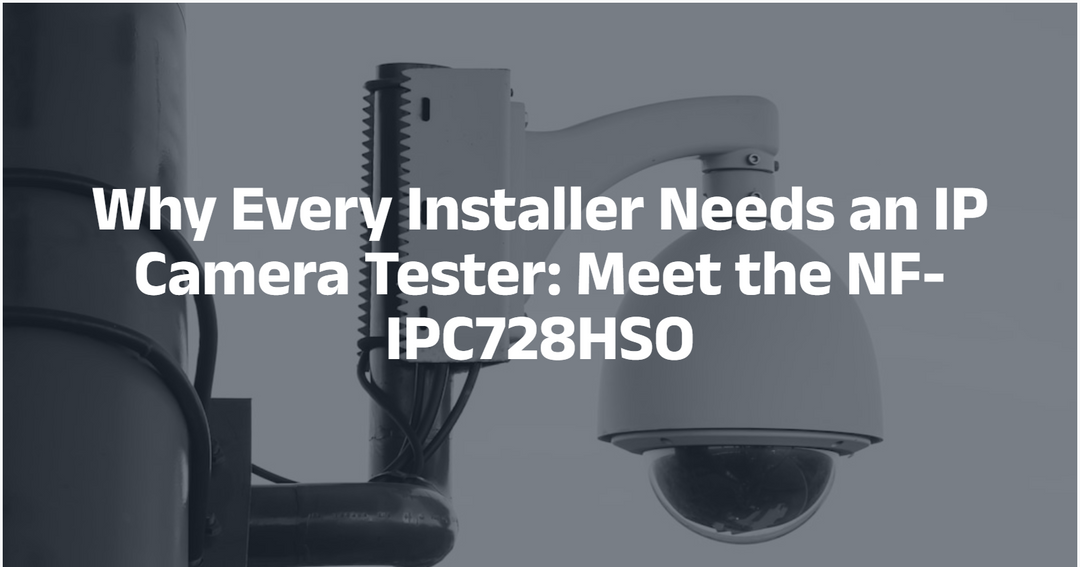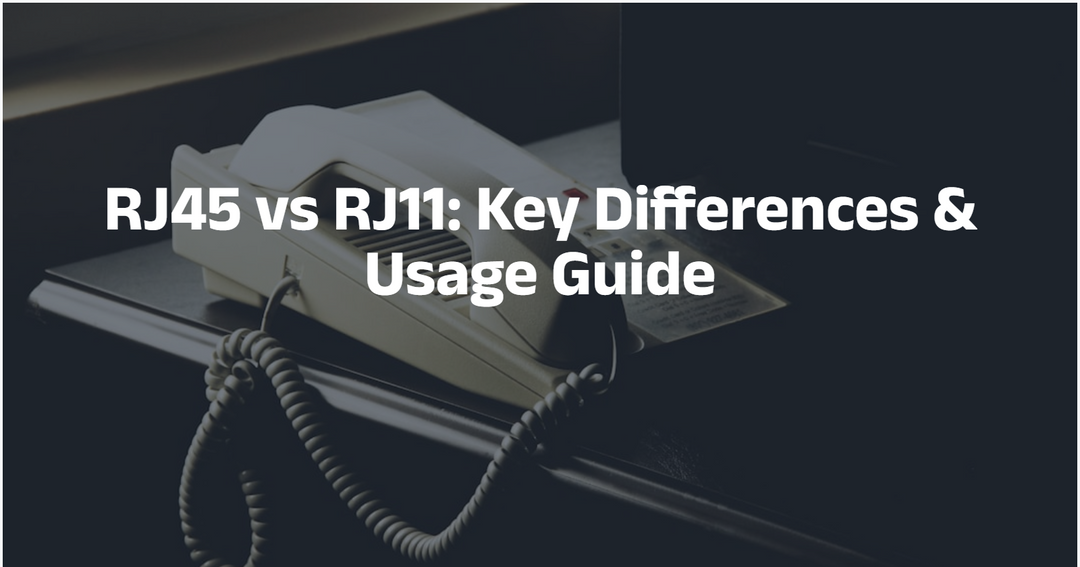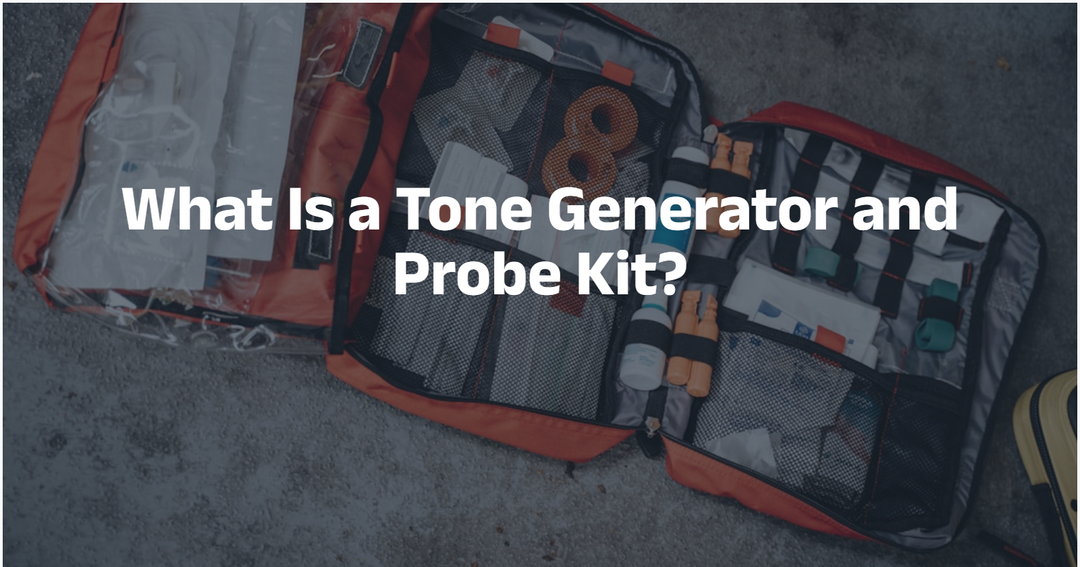How to Find and spot a Bad Connection in House Wiring
At Noyafa, we have two specialized tools to help you find bad connections in house wiring without needing to call an electrician.
Noyafa NF-820 and NF-826 both devices pass RoHS, FCC, and CE compliance testing, and Noyafa itself is ISO 9001 standard certified company.
NF-820 Underground and Wall Wire Tracker:
A high and low-voltage wire tracker capable of tracking underground and hidden faulty wires with alternating current (AC) interference.
Features of NF-820 wire locator:
Ability to detect hidden wires and underground cables at a range of 0-2 meters and length of 1000 meter
Signal sensitivity- and power for transmitter and receiver are adjustable as per the situation
Ability to locate the power wires with high voltage of up to AC400V without burning the equipment
Multi cable trackers, such as single conductor, 2-core, or multi-core cables
Affordable product with complete accuracy and safety features
Both receiver and transmitter come with Li-battery
It comes with a bag, batteries, charger, and essential accessories.
NF-826:
A highly professional underground and hidden wire locator than NF-820. It can easily detect power cables, electrical wires, heating pipes, and communication cables hidden or buried underground or within walls.
Features of NF-826 Wire Locator:
Built-in AC/DC voltmeter for linear measurement of 12-400V DC/AC voltage
Ability to find electrical and distribution sockets that are covered accidentally by plastering
With the help of a tone probe receiver, Non-Contact Voltage (NCV) testing can be used to detect the presence of AC voltage
For more professional work, it has a built-in luminous LCD for easy operation and cable detection
Built-in torch to work in dark areas
Can easily detect electric circuit breaks and short circuit fault
Able to detect the power cable line direction, breakpoint, or short circuit buried and hidden under the walls.
Auto and manual mode for more customized detection
Ability to find the fuse, fuse circuits, covered sockets, and junction box
It comes with a bag, batteries, charger, and essential accessories
How to spot a Bad Connection in House Wiring
Poorly installed and damaged cables that are not maintained are not something to take lightly. National Fire Protection Association (NFPA) report states, “Home fires involving electrical failure and malfunctions cause many civilian deaths and injuries as well as loss of property and valuables.” Keep your household safe by keeping track of electrical wiring and spotting a bad connection before it becomes chaotic.
Let us observe some warning signs that are helpful in inspecting bad connections of wiring in a house using Noyafa’s home-based tools that we discussed earlier.
Track of circuit breakers trips
As the name suggests, circuit breakers are designed to cut off electrical power in the event of overload, surge, or tripping within the wires. If one of your home circuits shuts down more often, it is a sign that you must check the connections associated with that breaker. Maybe you are taxing that circuit with too many high-energy demanding appliances or devices. With the help of NF-820, designed for home use, easily track the high/low voltage, and find cables hidden behind the walls to identify the issue quickly.

Flickering, buzzing, and dimming lights
If you do not have a tripping problem, you can not still rule out bad wiring connections within a household. Another damaged or outdated wiring connection symptom is flickering, dimming, and buzzing lights. Suppose that lights in your household, especially in the kitchen, where most energy-demanding appliances are plugged in, are buzzing or flickering more often. In that case, you need to track the bad connection and upgrade your wiring connections. With the help of wire detectors, you can easily spot the hotspot which may be causing flickering and dimming issues and resolve the problem.
Frayed or chewed writing cables
Rodents are common animals found in homes and often chew the wiring and cables, which may cause a fire hazard. If you suspect such kind of an issue, you should immediately scan the wires within the scope and turn off the connection to practice safety from fire. NF-826 is a wire scanning tool that needs no intervention to get through walls, you can simply scan the walls by pointing the transmitter towards the suspected area, and LCD based receiver will give you output where the possible issue is.
Warm or vibrating outlet
Another way to detect lousy wiring within your house is to observe the outlets by touching the outlet without touching any wire or conductive part directly. If you feel vibration or heat at any outlet, it is a sure sign that there is something wrong with the wiring, and you need to scan the wiring before anything terrible happens. NF-820 can easily detect a voltage up to AC400V without burning the equipment.

Exposed wiring
It is quite common for amateur electricians to have a screw terminal connection or wire nut connection where the wire is either underexposed or too much exposed. If copper wire is too little exposed, it may rest on insulation rather than on the wire itself. If overexposed, it may short out if it touches a metal box or other cables. Sometimes, amateur electricians may place two or more wires under on screw terminal, which may overload the circuit and causes an electricity outage or failure. NF-826 can be used to detect these kinds of issues with ease.

Wire connections made with electrical tape
A classic wire connection error is when two wires are joined using electrical tape and not utilizing a wire nut or sanctioned connector. This may seem like a cheap fix at the beginning but may turn out to be an expensive fix if the electrical tape gets melted due to heat or pulling in a wire.
Messy Wiring
Messy wirings may take many forms and creates multiple dangers. They could be fishnets of wires, cables, and extension cords laying across the floor and carpeting. Not only fire hazards, but this may also lead to trip hazards. Messy cables can also exist hidden within walls. This happens when wires are replaced, and old wires aren’t removed. It is best to remove old wires while carrying out replacement activities. NF-826 can easily detect the cables hidden under the wall, which may cause tripping hazards, and can be used to trace the source cause before it turns into a hotspot.





